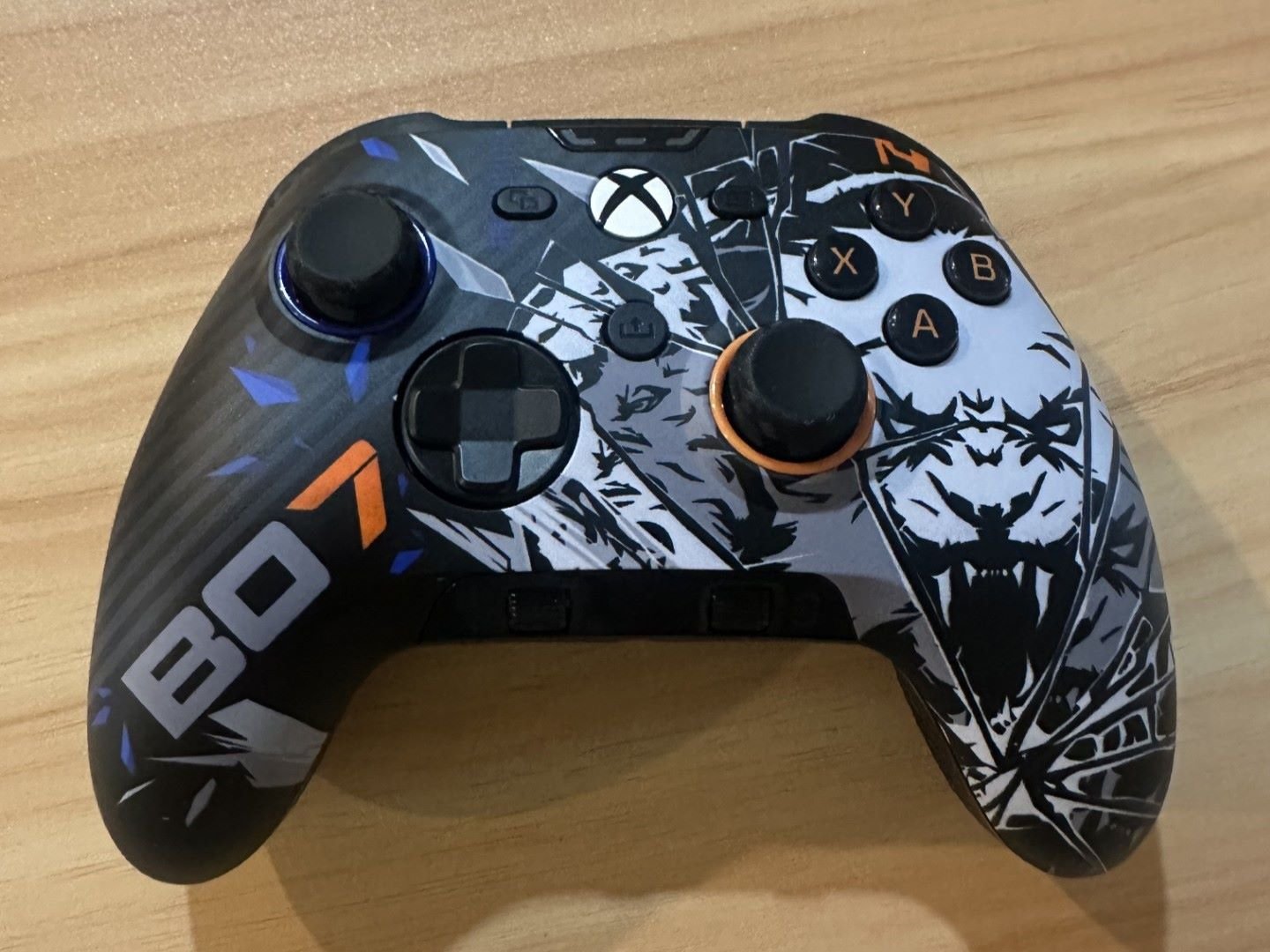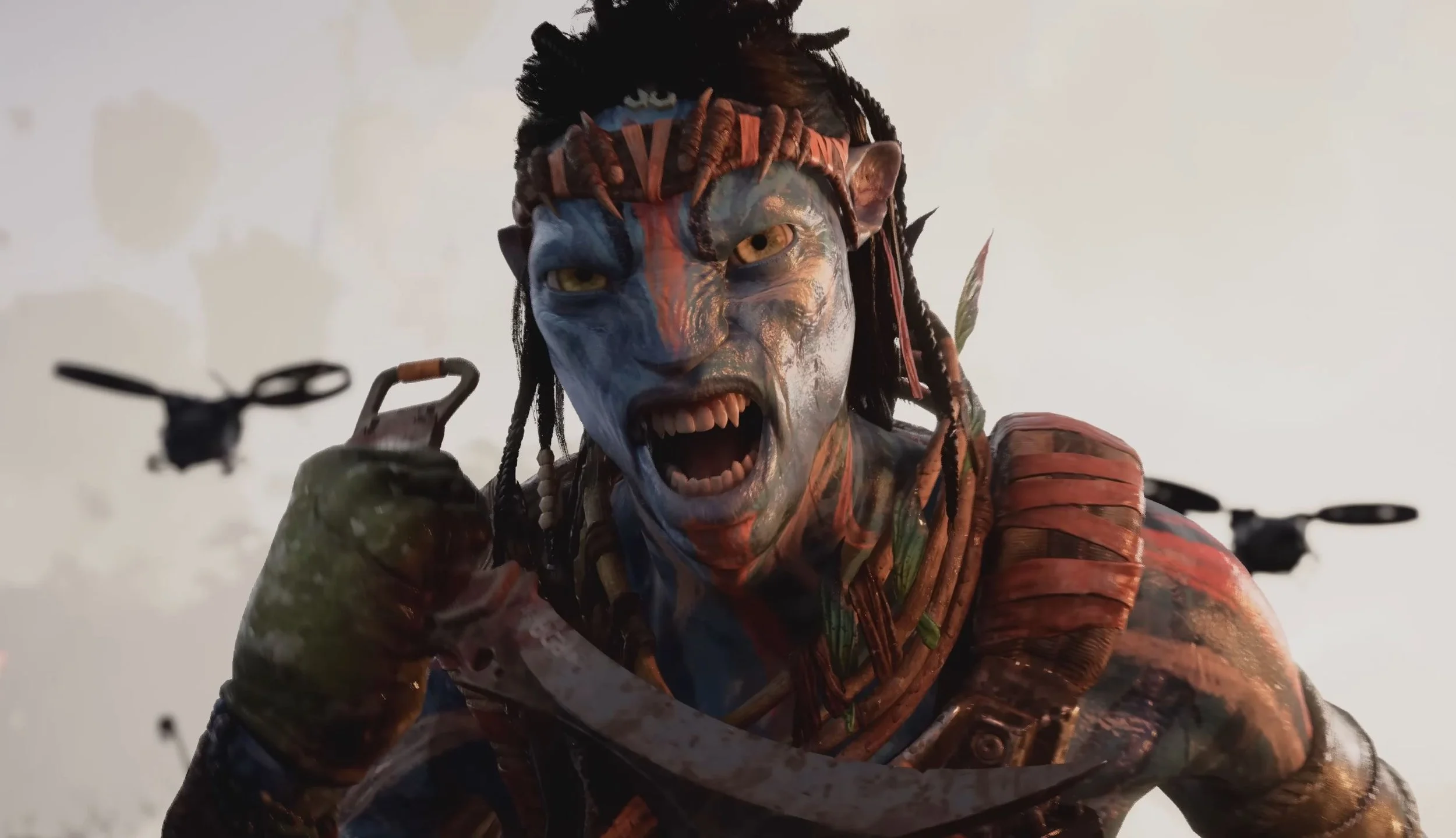PC Review Code Provided by oddbreeze
Creating a puzzle game with a serious story behind it isn’t always an easy aspect to pull off. In fact, most puzzle games tend to make the game focused on the gameplay itself rather than the lore behind it. For indie developer oddbreeze, this rule didn’t apply when they created Crew 167: The Grand Block Odyssey. Not only did they include a story to their puzzle game, but they reach towards a serious topic and theme for the game.
Story
A man known only as Crew 167 is the only one on a mission to a new planet called Hope 9 with his goal set on saving the world. Hoping that this new planet will be able to replace their old, destroyed world, Source, and provide mankind with a new home to live on. Throughout this mission, he must overcome his own internal struggles with depression and his obsessive need to complete puzzles that he creates on his own.
Gameplay
The game starts off like most puzzle games and presents you with some simple puzzles that show you the base mechanics you will be working with. You hit a block, it keeps moving in the direction you hit it until it hits a wall or object that stops it, you have to be able to get behind it to move it or it will be stuck, and the goal is to get the block onto the lit up blue panels. Pretty straight forward, especially since this isn’t exactly a brand new puzzle mechanic we are working with.
As you proceed further into the story, you will start to be introduced to aspects that are actually unique and make the puzzles a bit more intricate. The difficulty of each section is really based on how well you understand the puzzle mechanic being utilized in the chapter, so there is a difficulty climb throughout the game but it will differ from player to player. For instance, the mechanic where the blocks end up getting stuck to each other if they pass by them was rather difficult for me to wrap my head around, but the one where the blocks are linked and move opposite each other was a no brainer section for me.
There are multiple block puzzle mechanics that they end up using and each one changes how you need to approach each puzzle. The full list of different puzzle block types includes basic tan, time-limited where the counter starts once you move the block once, move-limited where the block is stuck after X amount of moves, chain link where two blocks move opposite each other, color blocks where you have to put them on the matching lit color panel, glitch-limited where much like the move-limited blocks you only get X amount of moves before that block glitches back into its original starting location, and the sticky blocks where they stick to other blocks as they pass by them. Separately, each one of these makes you approach a puzzle in a different way, but once they start putting all of these mechanics together into one puzzle things get tricky.
I did appreciate that they made the game somewhat easier for players by giving them the option of only completing two puzzles our of the four available at the end of each chapter. While there are plenty of mandatory, solve-or-don’t-move-on puzzles, the end of each chapter shows four puzzles to you and then gives you the option to solve only two or as many as you want. I, admittedly, skipped on a couple of chapter ending puzzles when I was getting stuck, but I am not sure if this had any effect on the game.
Aside from the actual puzzles, you can find little coffee machines and laptops placed around the levels. These are usually interactable and provide another tidbit of the story itself. These messages are where you can really see the character’s mind falling apart if the glitchy and convoluted reality didn’t do it for you.
Also, be ready for the game to throw you into first-person a couple of times. You only end up solving one puzzle in this perspective, which actually did make things harder, but then there are other moments that it happens.
Visuals
You can tell the game wasn’t made with a focus on having high detail in the graphics. It seems more like they just put enough together to make the game happen, using the same exact character model for everything in the game. While I did find out that it kind of fit for the story, it still seems like a bit of a stretch for quite a few scenes I can think of. Not really impressed with the graphics, but they do the job at showing the player their surroundings and the puzzles, so they are acceptable.
Sounds
The music isn’t anything memorable, but they did a good job with the voice acting. For a game with only acceptable levels of visuals and sound effects, I was surprised to hear that they had enjoyable voice work done with decent dialogue.
Replayability
If you didn’t finish each chapter to the fullest and hate that you skipped a couple of puzzles for the sake of story progression, then there is a reason to go back. While all the mandatory puzzles are the same, you can go and redo the ones you missed. There is no level selection after you beat the game though, so you will have to replay the whole thing.
What Could Be Better
Definitely add a level selection to the menu once the game has been completed. I understand you wanted to make it so players can’t return to an area if they skip out on the two remaining puzzles at the end of a chapter, but once they beat the game there is no reason to hold that back from them.
Tutorial could use some additions to it as well. I figured out how to reset puzzles, which is by holding the R key, just by doing it from habit. As a puzzle game fan, I am used to that being the default option for developers to use as the reset key, but it should be made obvious for players that aren’t playing games like this often. And if this is mentioned in the tutorial, it should be updated to be more obvious because I honestly didn’t see it.
Spoiler Warning for the remainder of this section! Skip to Conclusion to avoid!
The story seems to have a good purpose, but I am not sure that it was brought out properly. He doesn’t have a real name, his reasoning for being sad is somewhat relatable but at the same time it doesn’t explain why his depression is hitting THAT hard, and if the microchip affects him as badly as it does then why do the issues continue, if not get worse when it was removed? If he is alone like we are told then who removed the chip? If he really is losing his mind and was at a facility doing those practices then wouldn’t they have a doctor for him to see? And having the whole “it was all in my head” scenario is almost never a good ending. Just a lot of plot holes that make the story go from interesting at the beginning to unremarkable at the end.
Conclusion
Crew 167: The Grand Block Odyssey is a challenging puzzle game with an interesting theme. They did a great job in the aspect that matters, the gameplay, but could have used some work in other parts of the overall experience. I enjoyed playing through the game and solving the puzzles, so I can confidently say that it is a solid choice game for puzzle fans to check out!























